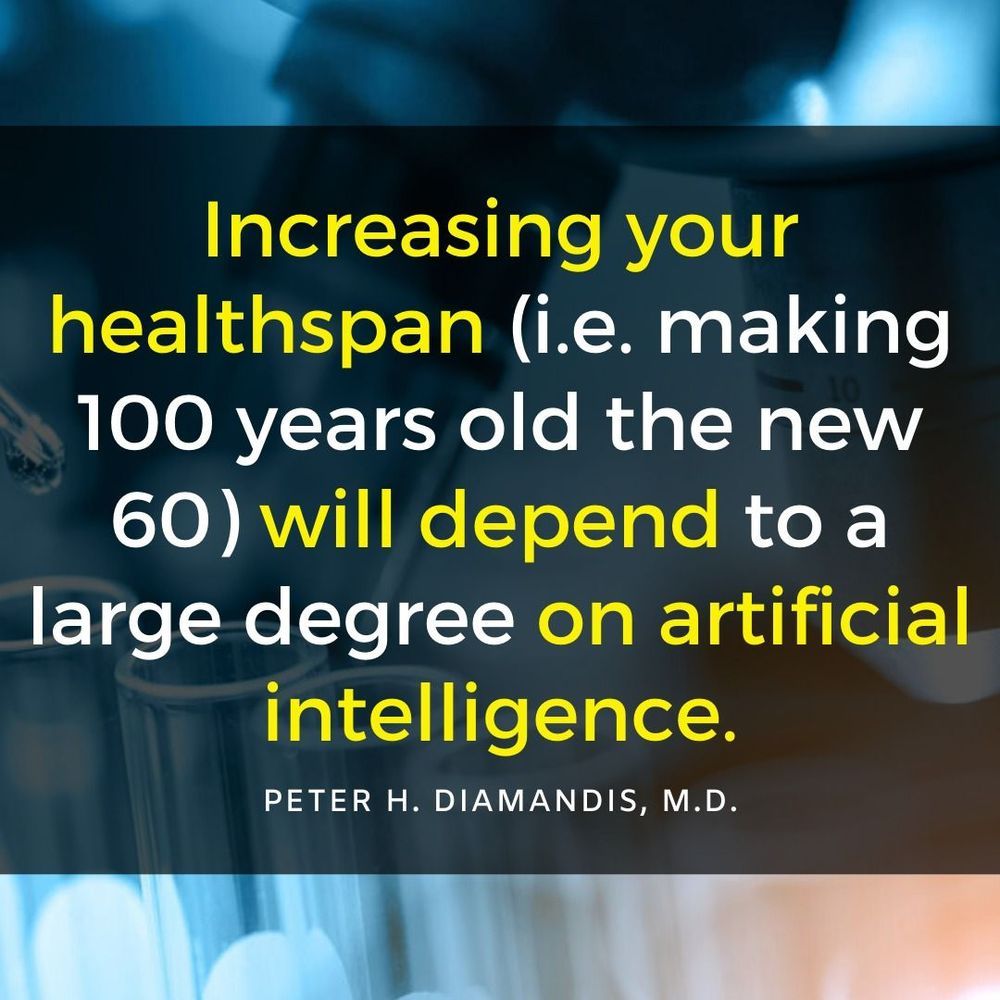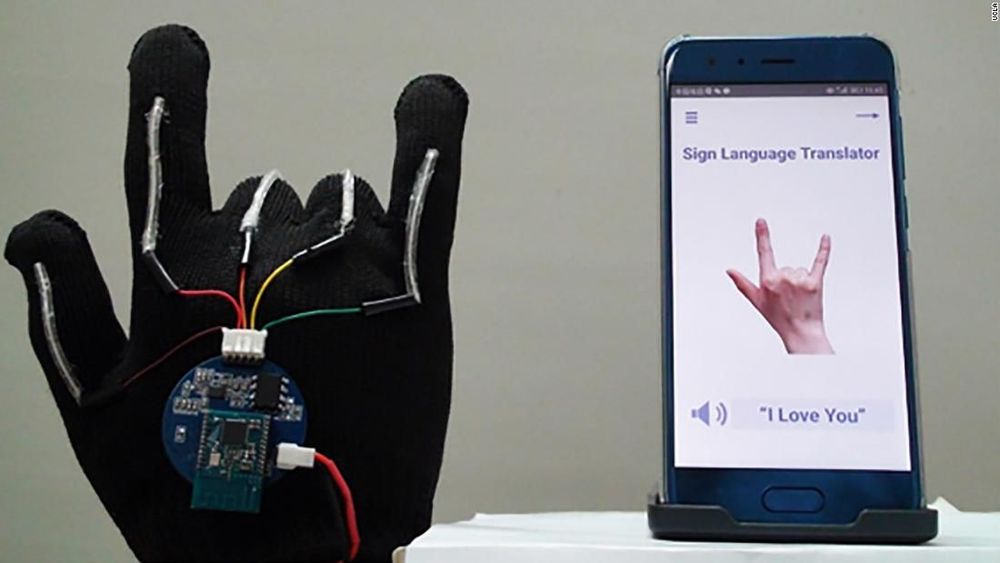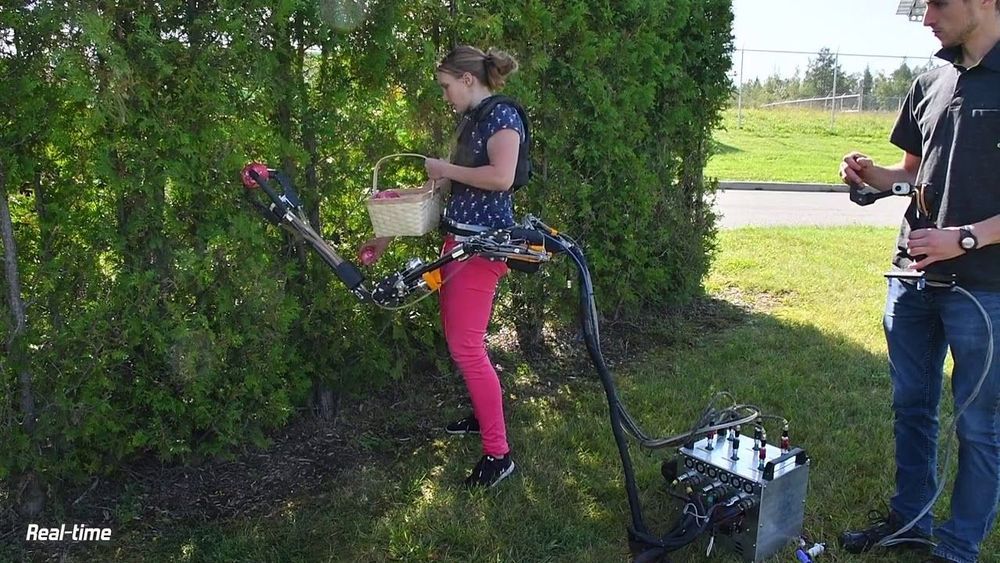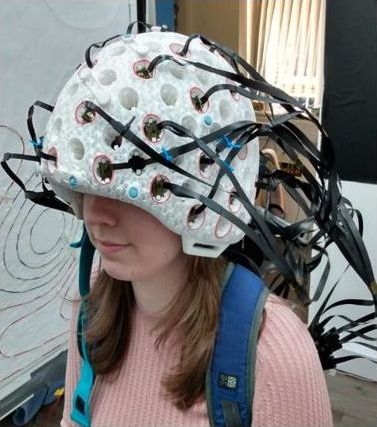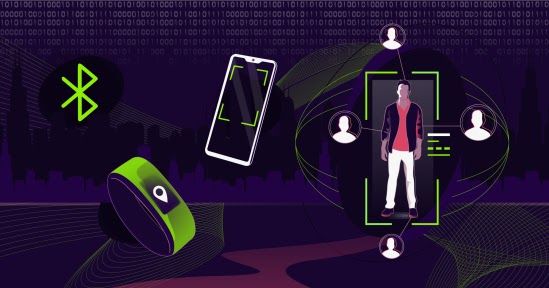
Now that the world is in the thick of the coronavirus pandemic, governments are quickly deploying their own cocktails of tracking methods. These include device-based contact tracing, wearables, thermal scanning, drones, and facial recognition technology. It’s important to understand how those tools and technologies work and how governments are using them to track not just the spread of the coronavirus, but the movements of their citizens.
Contact tracing is one of the fastest-growing means of viral tracking. Although the term entered the common lexicon with the novel coronavirus, it’s not a new practice. The Centers for Disease Control and Prevention (CDC) says contact tracing is “a core disease control measure employed by local and state health department personnel for decades.”
Traditionally, contact tracing involves a trained public health professional interviewing an ill patient about everyone they’ve been in contact with and then contacting those people to provide education and support, all without revealing the identity of the original patient. But in a global pandemic, that careful manual method cannot keep pace, so a more automated system is needed.
